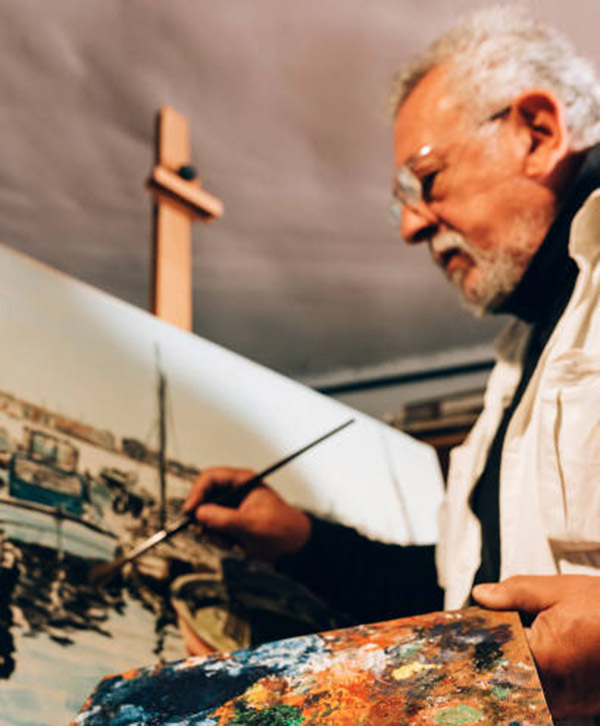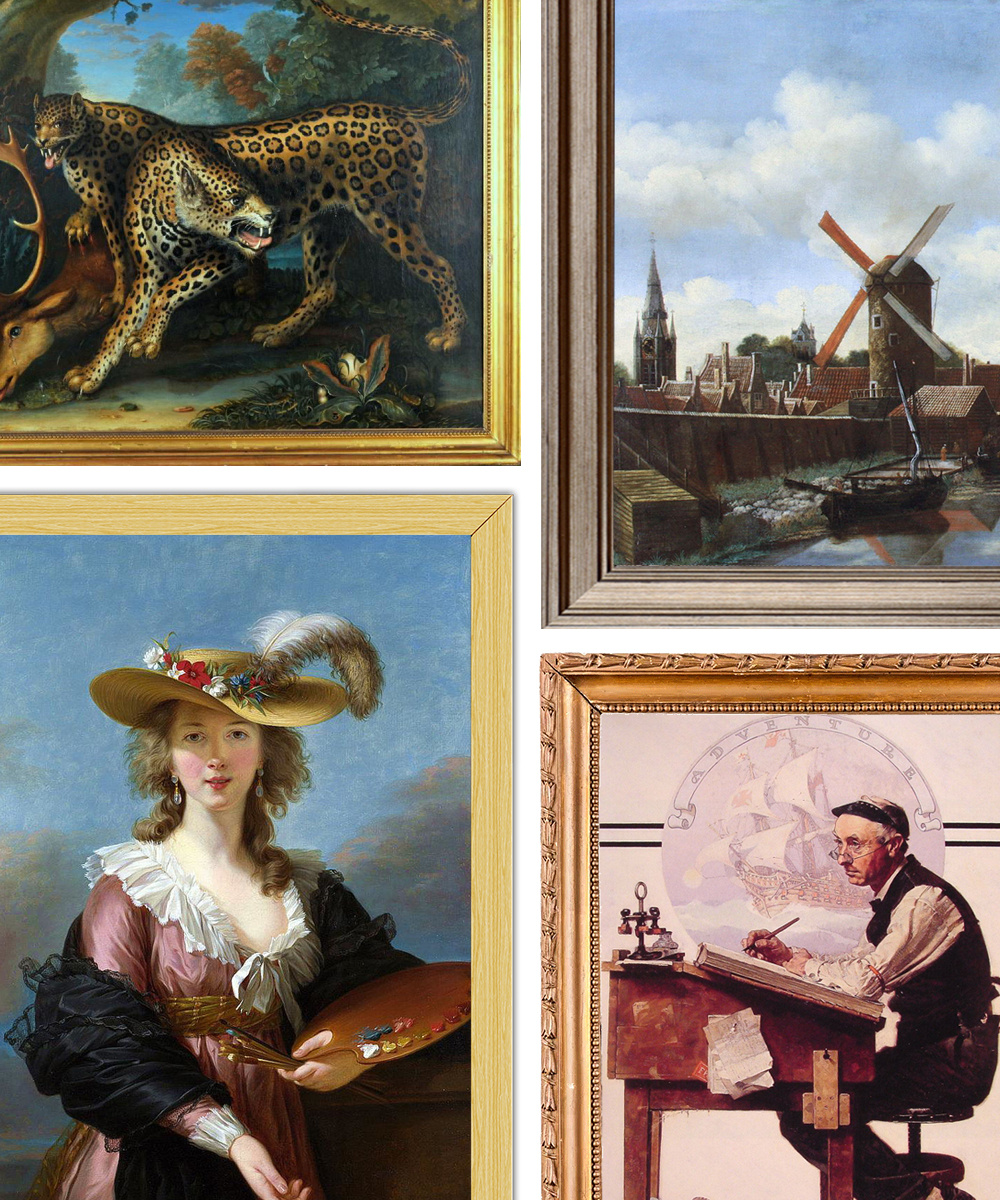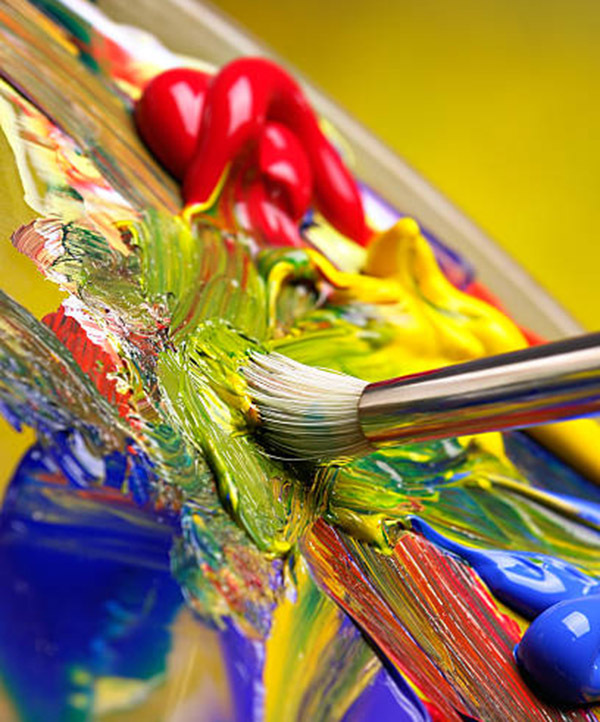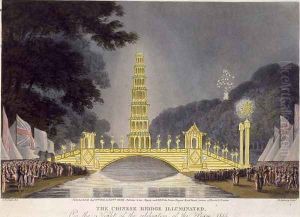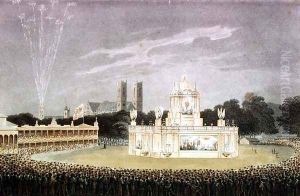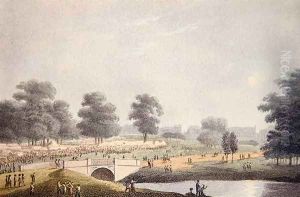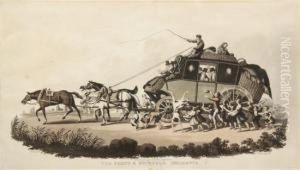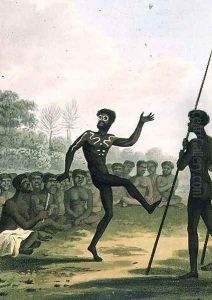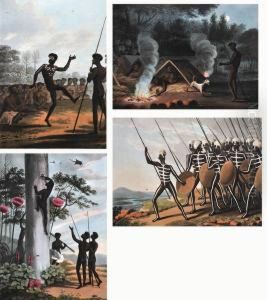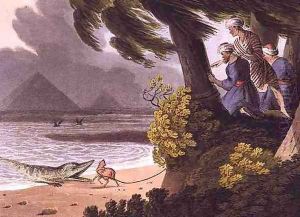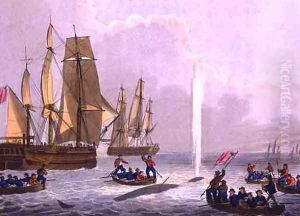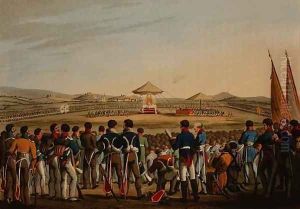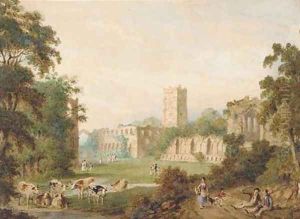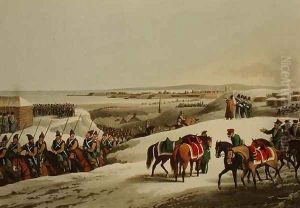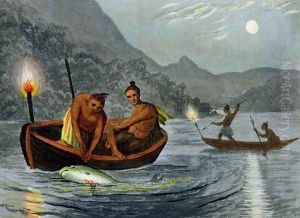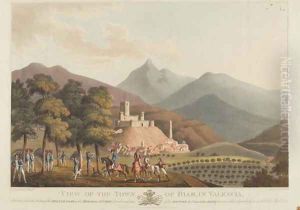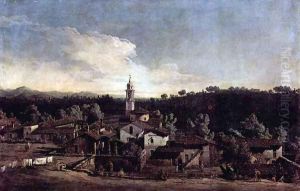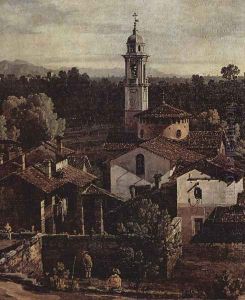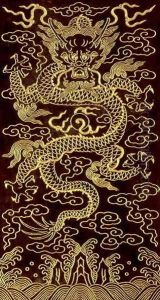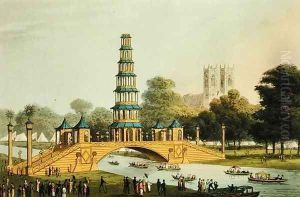





The Chinese Bridge and Pagoda, Erected in the Park in commemoration of the Glorious Peace of 1814
-
About Reproduction
Discover the allure of art with our faithful reproduction of "The Chinese Bridge and Pagoda, Erected in the Park in commemoration of the Glorious Peace of 1814", originally brought to life by the talented John Heaviside Clark. Unlike posters or prints, our hand-painted oil painting breathes an unique sense of depth and texture into your space. Every detail, every stroke, and every texture is meticulously recreated, paying the perfect homage to John Heaviside Clark and his artistic vision.
Owning this piece is more than just decoration - it's a statement of your refined taste in art. Let the vibrant colors and intricate details of this replica serve as a daily reminder of the beauty in our world. Elevate your decor and appreciate the richness of art with our replica of this masterpiece.
-
Painting Description
"The Chinese Bridge and Pagoda, Erected in the Park in commemoration of the Glorious Peace of 1814" is an aquatint engraving by Scottish artist John Heaviside Clark, also known as "Waterloo Clark" for his depictions of the Battle of Waterloo. This particular work celebrates the Treaty of Paris, which was signed in May 1814, ending the war between France and the Sixth Coalition and marking the first abdication of Napoleon Bonaparte. The piece is part of a broader tradition of chinoiserie, a style that was popular in Europe in the 18th and 19th centuries, characterized by the use of Chinese motifs and techniques in Western art.
The artwork features a picturesque scene with a fanciful Chinese-style bridge and pagoda set in an idyllic park landscape. Such structures were common in the English landscape gardens of the period, reflecting the contemporary fascination with the Orient and the incorporation of its architectural forms into European garden design. The bridge and pagoda in Clark's engraving are not merely decorative; they also serve as a symbol of the peace and prosperity that the treaty was hoped to bring to Europe.
John Heaviside Clark was an accomplished artist known for his landscape and marine paintings, as well as his skill in the medium of aquatint, a form of etching used to mimic the effects of watercolor paintings. His work on "The Chinese Bridge and Pagoda" is a testament to his ability to capture the public mood of the time and contribute to the visual culture surrounding significant historical events. The engraving would have been of interest to both art connoisseurs and the general public, offering a glimpse into the celebratory atmosphere following the end of hostilities with France.
As a historical artifact, the engraving provides insight into the aesthetics and cultural values of the Regency period in Britain, as well as the ways in which art was used to commemorate and propagate political achievements. It remains an important example of John Heaviside Clark's oeuvre and of the period's artistic response to peace and diplomacy.
-
Lead Time & Shipping
When you order this oil painting replica, it typically takes 2-3 weeks to paint. If the artwork is more complex, it might need a little more time to ensure the best quality. Once it's ready, we'll send you a photo for your approval. After you give the green light, we'll ship it to you for free.
-
Return & Refund
We believe in the quality of our hand-painted oil painting reproductions, and your satisfaction is our priority. If for any reason, you are not completely satisfied with your purchase, we offer a 45-day return policy. You can return your artwork within 45 days of receipt and receive a full refund. Please note that the artwork must be returned in the original packaging and in the same condition as it was received.

